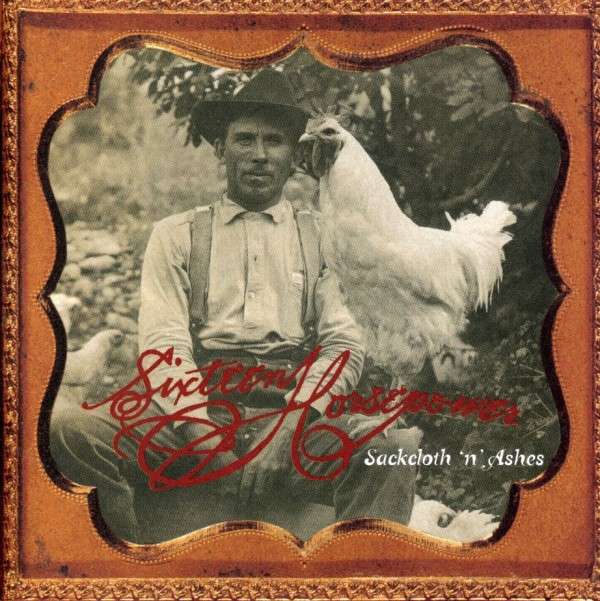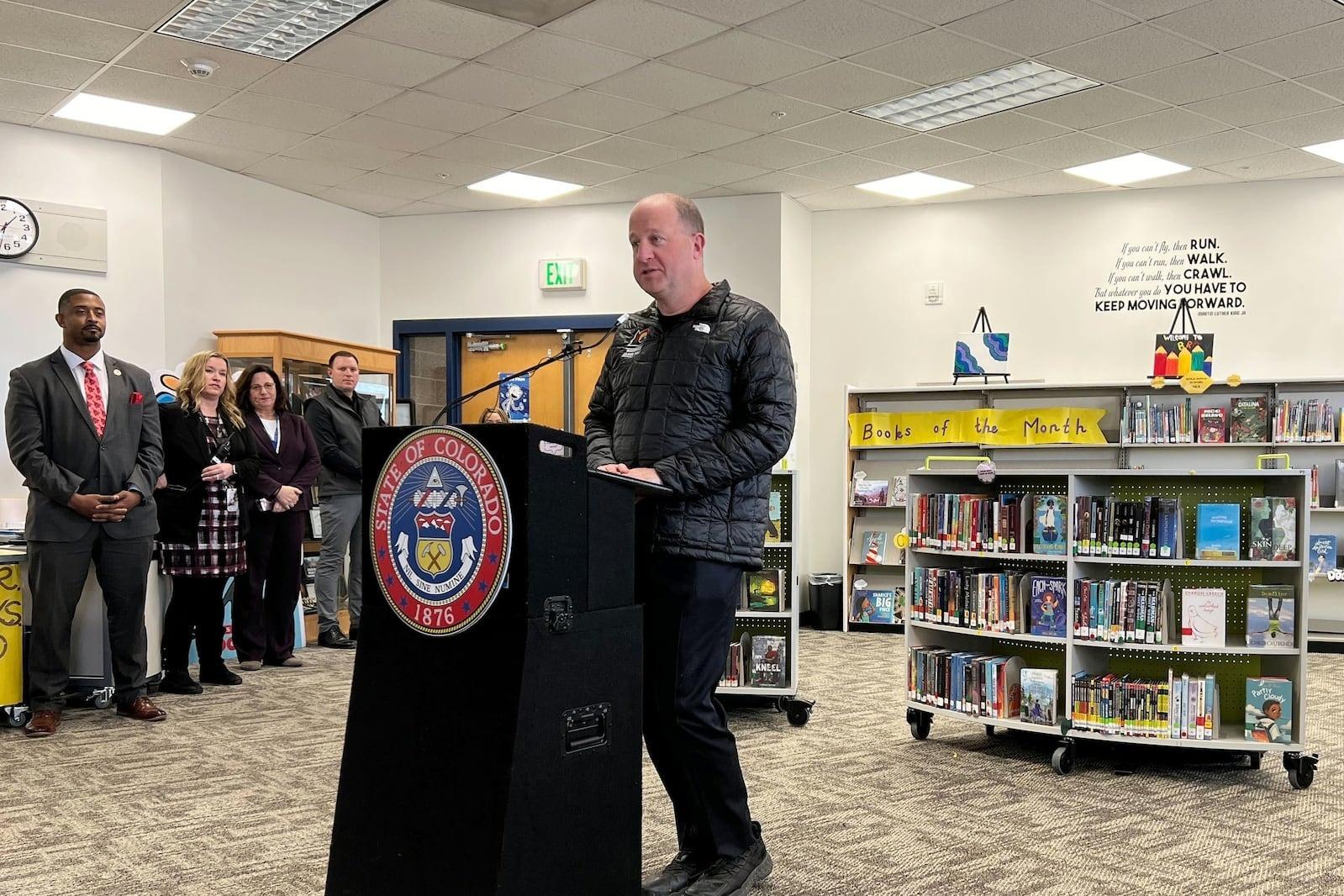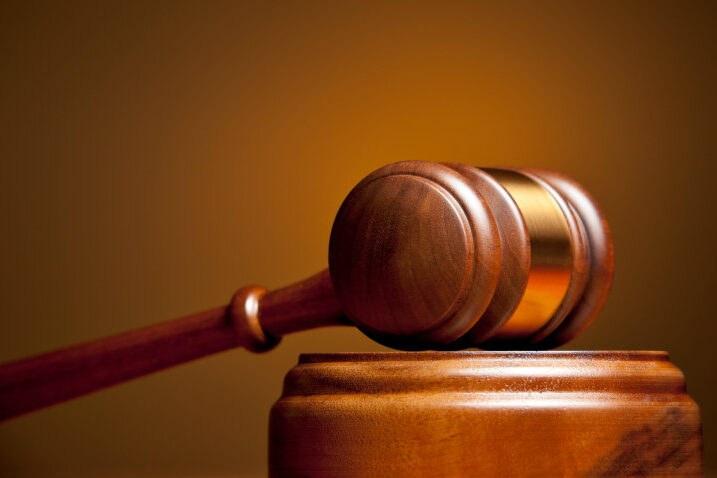

But he was surprised when I asserted that this was nothing new; Denver has been revered internationally as a music city for many years.
He asked me to go on, so I mentioned “The Denver Sound” as an access point.
“What’s the Denver Sound?” he asked.
As a short explanation, I replied: “Melancholy, gothic country punk—with banjos, accordions, cellos, violins, and other non-rock instruments, you know.”
“Wait, what? No, I don’t know. What does that even sound like?!”
Rather than explain the history during our short conversation, I offered to send him a playlist with a few notes. As a busy man, a father and an impressive leader in his field, he appreciated me saving him the time of researching it on his own.
As I compiled a few links here, and outlined a bit of history there, I once again fell down the rabbit hole.
With so many transplants to Denver, and more arriving each day, it occurs to me that there are other people in our city who do not know about this phenomenon and might appreciate the effort. So I decided to share this with our OpenAir listeners as well.
There IS a Denver Sound, and it ain’t dead
So much ink has been spilled about The Denver Sound that Westword’s Backbeat, in "Twenty Predictions for Denver Music in 2015," wrote:
“The concept of ‘The Denver Sound’ will finally be discredited, because there isn’t one.”
I disagree.
While terms like "gothic Americana" or "dark roots" might be more descriptive of a genre that could also be described as Colorado’s answer to the lonesome call of Nick Cave or Tom Waits, I will always refer to The Denver Sound with reverence. It is integral to the history of our scene, it continues to evolve, and it is undeniably ours.
Westword, in its denial of this thing, was perhaps hinting at the fact that Denver has many sounds. Of course it does. We are a hub for music of every possible genre, with plenty of indescribable, new, creative sounds.
But the hub can’t survive without the spokes that support it. No, every band in Denver does not sound like gothic Americana. But I believe every band that does, and I mean this worldwide, owes it, in part, to Denver.
A brief epidemiological history of the 'Denver Sound'
The Denver Sound can be traced back to 1988, and the formation of The Denver Gentlemen by Jeffrey-Paul Norlander and David Eugene Edwards, later joined by Jen-Yves Tola and Slim Cessna. Their few recordings were released entirely too late to capture the energy and outpouring of that group. Today, these recordings are legendary artifacts, documenting their unique experimentation with early jazz, gospel, country and roots music.
If we look at The Denver Gentlemen as patient zero, it isn’t hard to trace the subsequent spread and mutation of The Denver Sound. Just follow the members and their subsequent associations.
Former Denver Gentlemen member David Eugene Edwards went on to form 16 Horsepower, which featured the banjo, the rare chemnitzer accordion and other non-traditional rock instruments. Edwards' brooding darkness and plaintive wail captured the ears of international listeners before the group disbanded to reform as Woven Hand, a band whose fans in the US and Europe embrace them with almost religious devotion.
Cessna went on to form Slim Cessna’s Auto Club, who sells out venues to this day by putting on some of the most raucous and moving shows you could ever hope to experience. Attending an Auto Club show is like finding yourself in a gospel tent-revival besieged by punks—expect speaking in tongues and a mosh pit.
Along the way, Slim teamed up with the spectral poet and dark genius Jay Munly. If there is a poster boy for the evolution of the Denver Sound, it is Munly. His collection of side projects, taken together, make up a body of original work that is frightening both for its creative abundance as well as for its haunting subject matter.
His list of projects includes Munly & The Lee Lewis Harlots and Munly & The Lupercalians. The former includes Elin Palmer, who plays the Scandinavian nyckelharpa, has her own projects and formerly guested live with 16 Horsepower.
Currently, Munly, Slim Cessna, Rebecca Vera (who plays in The Lee Lewis Harlotts and Lupercalians) and Dwight Pentacost (of The Auto Club) are making quiet, chilling waves of darkness with Denver Broncos UK.
Former 16 Horsepower member Kevin Soll went on to form The Kalamath Brothers with Frank Hauser Jr., formerly of The Autoclub.
Late Night Denver John Rumley is another Auto Club and 16 Horsepower collaborator. At one point, he joined Kal Cahoone to form the Argentinian infused, post-punk/Americana band Tarantella.
On a side tributary, it would be an oversight to fail to mention Andy Monley, whose band Jux County — admittedly more punk, and less goth — pioneered the mixture of country/Americana with post-punk. They formed in Denver in 1986, even before The Denver Gentlemen. Monley and fellow Jux County member Chris Pearson went on to play in the Czars with John Grant — another band that has a few pinkies in The Denver Sound.
Sound engineer Bob Ferbrache with his Absinthe Studio deserves another article to himself for all he has done to capture and coax The Denver Sound.
The influence doesn't stop there.
When I see cellist Ian Cooke, who has single-handedly invented his own genre, I can’t imagine him rising out of any other city’s music tradition. Where else would an odd, plaintive and wailing voiced songwriter infused with melancholy and rapture while bowing and plucking an acoustic instrument more commonly associated with the orchestra be instantly and unquestionably embraced as a rock musician? Only in Denver.
Even DeVotchKa’s Nick Urata forms another Denver Sound connecting point. Before departing to infuse his songs with gypsy flare and mariachi flourishes, he played with Jay Munly. DeVotchKa’s Tom Hagerman will be playing a show on February 5 at Syntax Physic Opera. You can bet you’ll hear an assortment of unusual instruments and gothic Americana permeating his set.
And while The Fray is a perfect example of a band whose sound has nothing to do with “The Denver Sound,” guess who’s touring with them? Jeff Linsenmaier: a lynchpin of The Denver Sound, a former Czars member and the drummer behind the Lee Lewis Harlots.
Considering all this, I wonder if The Lumineers, with their folk inspired sensibilities would have been drawn to Denver without this history? It’s doubtful. After all, they picked up Stelth Ulvang, formerly of Dovekins with Laura Goldhammer: another band that could be peripherally linked with The Denver Sound.
To me, denying the existence of The Denver Sound as a tributary to our current scene would be like denying that the water in our rivers flows down from snowmelt in the mountains. It is as natural and undeniable as that. Skip a stone across this river, and you can’t avoid bouncing off a half-dozen Denver Sound luminaries.
Just as it may have been a misstep in the early part of the last century to call the art of that time “modern,” the term stuck and it continues to have meaning. So it is with The Denver Sound. And while naysayers may argue that there are lots of sounds in Denver, that will never erase the existence of this thing called THE Denver Sound.
Check out our CPR Performance Studio sessions with some of the artists mentioned above like Slim Cessna's Auto Club, Denver Broncos UK, Elin Palmer, DeVotchKa and Ian Cooke.









